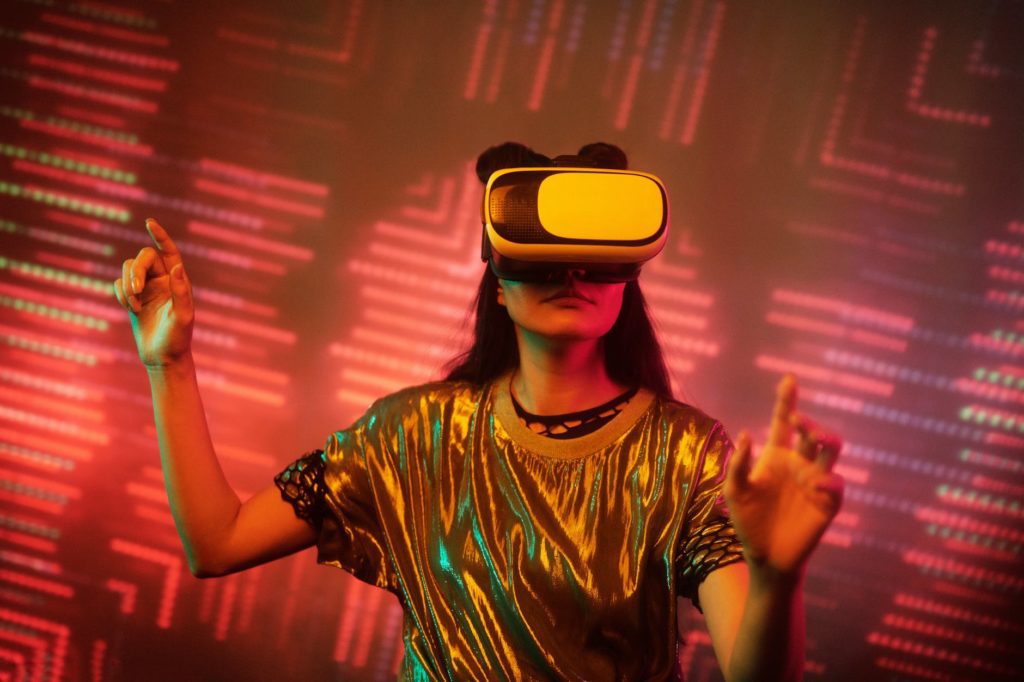Is virtual reality the future?
Is virtual reality the future? That’s a great question. Today, I had a conversation with a friend about creating a virtual world. She mentioned that we can purchase crypto art using MetaMask and Ethereum wallets. It’s amazing to see how much technology has changed since I was young.
I remember the sci-fi shows I loved as a kid, like Space: 1999. My dad and I used to talk about how we would have flying cars. We imagined body scanners and video phones someday. But living in a virtual world would have been hard for him to understand. It’s hard for me too.
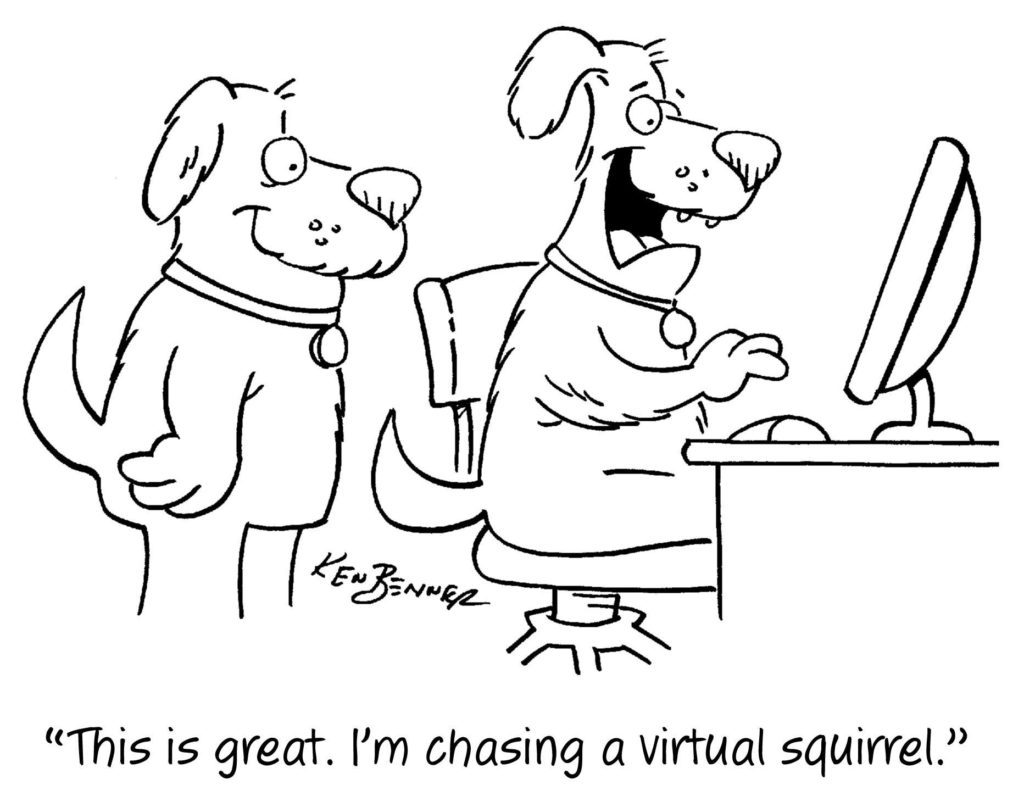
Virtual Reality (VR) is a fascinating technology with tremendous potential for the future. Although VR headsets are not quite ready for widespread use, they are worth keeping an eye on. There is no doubt in my mind that we will witness significant advancements in the next decade. VR will become much more comfortable and practical for everyday use.
What is Virtual Reality?
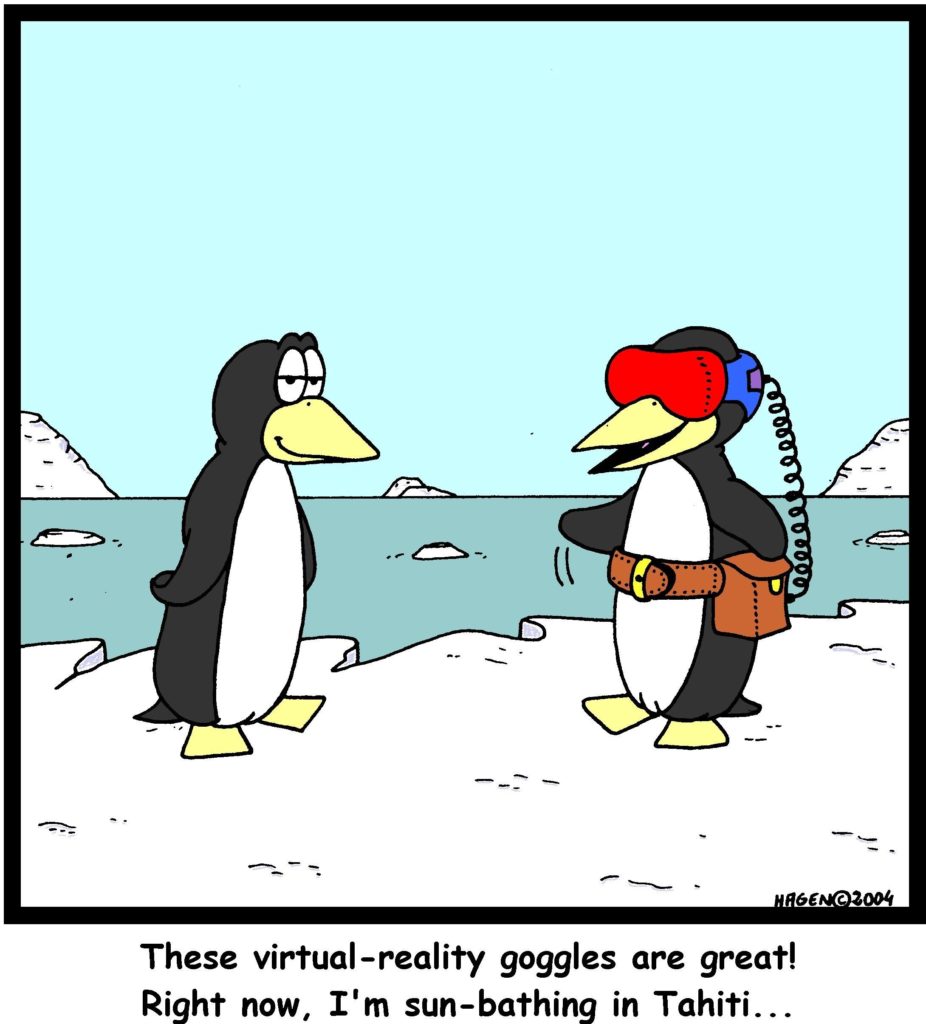
Virtual Reality (VR) is an advanced technology that creates computer-generated environments to generate realistic scenes and objects. Users can immerse themselves in this simulated world by wearing a VR headset or helmet, experiencing a level of presence that is almost indistinguishable from reality itself.
This technology has the power to immerse users in new and interactive virtual environments, defying past limitations.
What is the purpose of virtual reality?
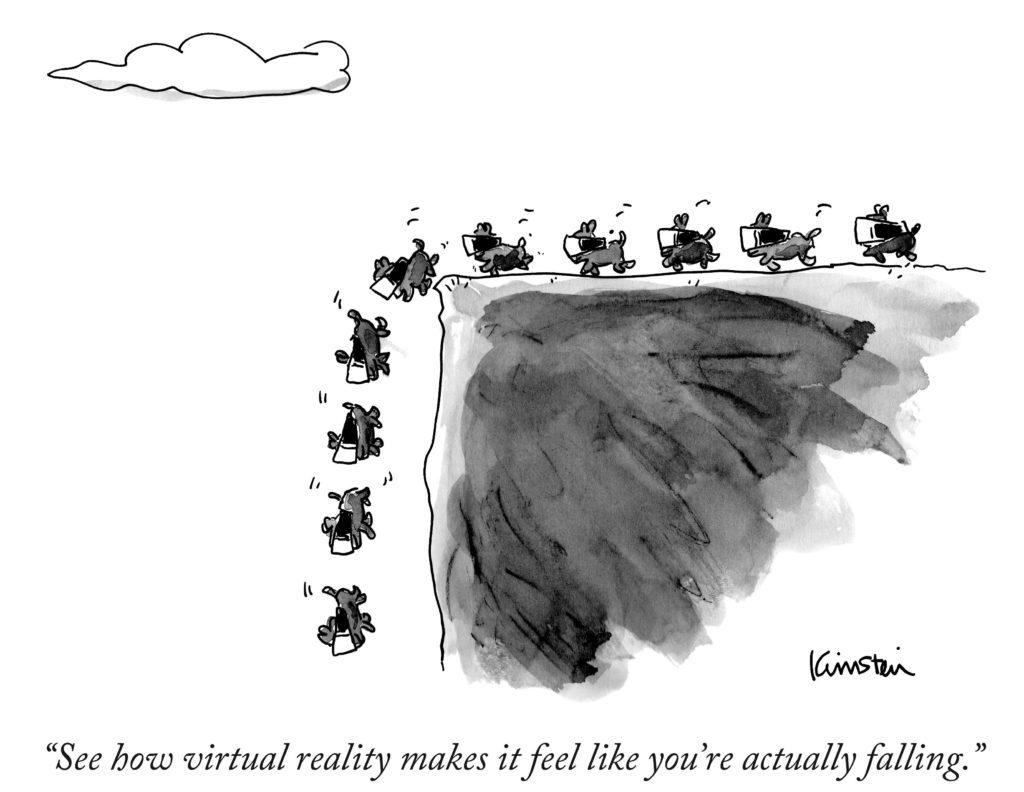
The goal is to create a virtual environment that allows people to interact with computers to simulate in-person communication. This can be achieved by conversing with a virtual human using speech, writing, or drawing.
To me, Virtual Reality is not just the future of entertainment, but also a powerful tool for learning. As a visual learner, I find that I absorb information much faster when actively engaging in an activity. For example, rather than just reading about the American Revolution in a book, I would benefit more from experiencing it firsthand in a Virtual Reality simulation. This way, I can truly immerse myself in the historical event and gain a deeper understanding of it, beyond what can be conveyed through reading or watching a documentary.
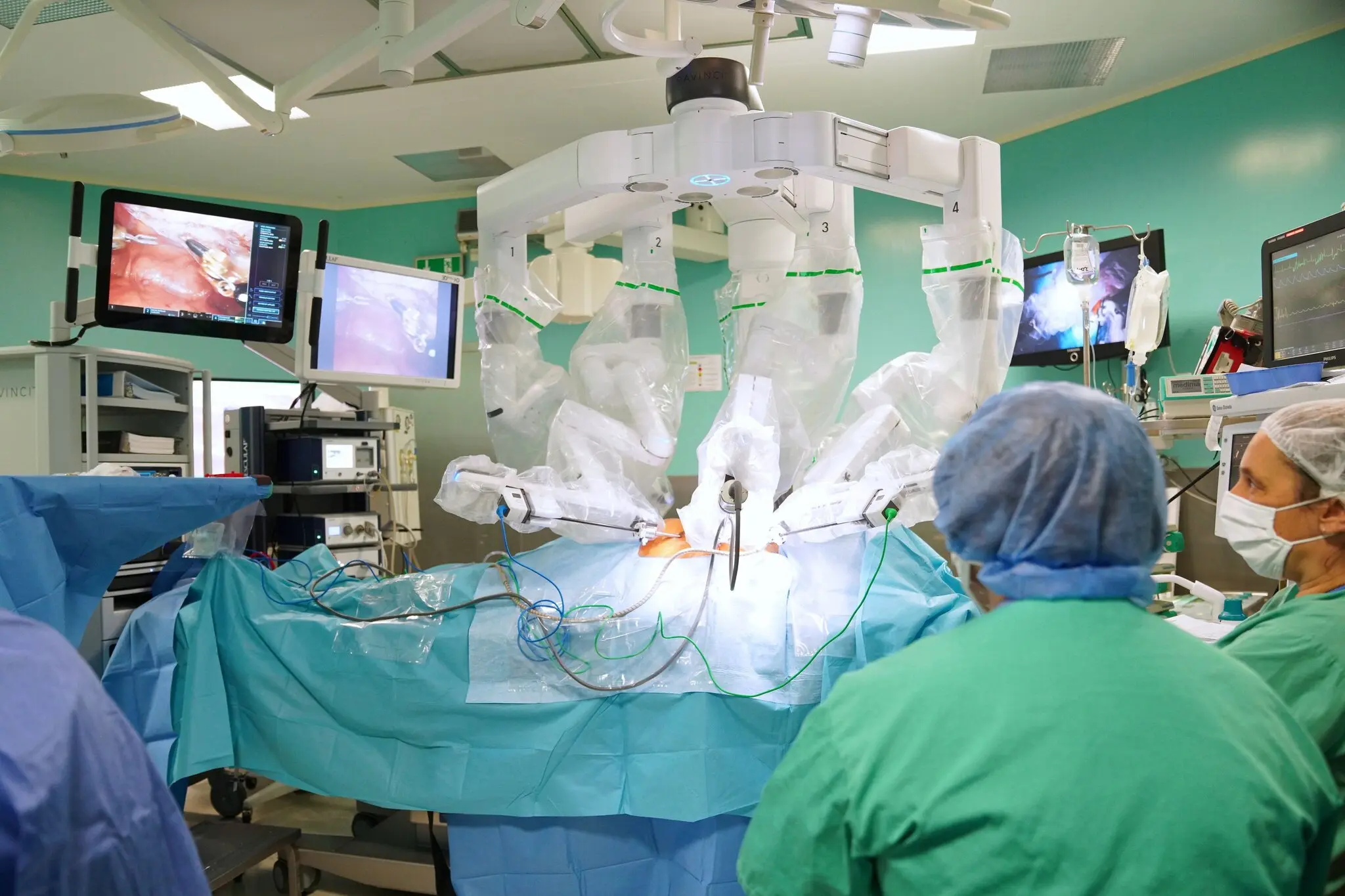
Virtual reality (VR) has a wide range of applications beyond entertainment and gaming, including education, military training, medical uses, and various other fields.
During my time in the army, I was fortunate to receive VR training. The training involved simulating a convoy mission in Afghanistan, where I was in charge of transporting supplies between bases. The main goal was to identify and quickly react to possible enemy ambushes and IED traps, using careful analysis to ensure a safe passage.
My Experience
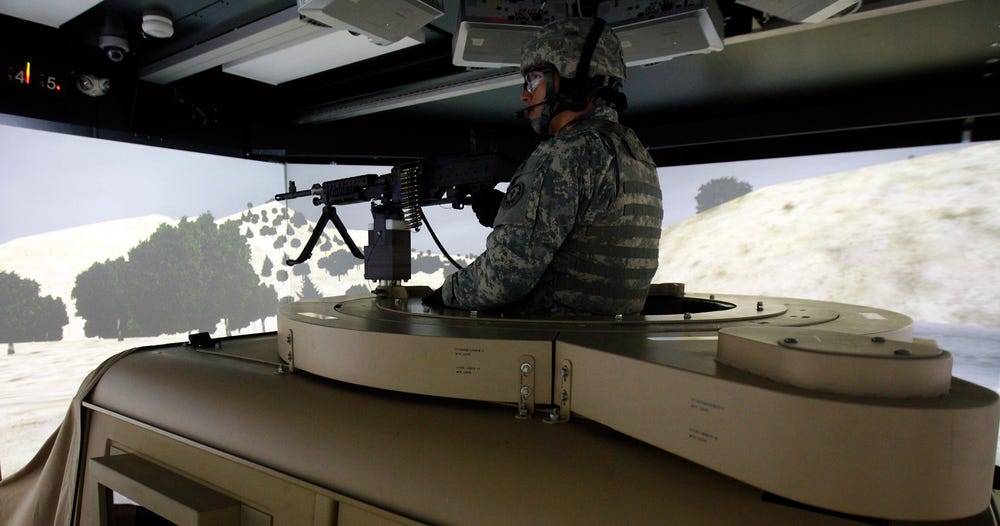
While I was enjoying the warmth of the desert sun and the sound of the wind, I suddenly heard the jarring sound of gunfire hitting my Humvee. The impact of the virtual bullets left me startled and shaken. It felt like I had been transported to a real-life warzone, and the experience was far from peaceful.
The virtual reality simulation was incredibly thrilling, and I became fully immersed in the experience. My adrenaline surged as I delved into the virtual world, causing me to momentarily lose touch with reality.
It was an interesting, intensive, and fun experience.
What can virtual reality do to your brain?
In my research, I found that virtual reality (VR) can activate the motor cortex and sensory system in our brains, creating an experience that feels lifelike. The University of Maryland conducted studies using functional MRI and found that individuals in VR exhibit physiological and emotional reactions similar to those experienced in real-life situations. As a result, our brains become better at encoding memories, leading to improved accuracy and faster responses in future scenarios.
Please take a moment to watch the video below. The footage shows people taking part in the Walk the Plank activity, which simulates the nerve-wracking feeling of heights and the fear of falling. It’s a great chance to see the bravery and strength of those who take on this challenge.
In future scenarios, there will be improved accuracy and faster responses. Virtual Reality (VR) provides a safe environment to practice activities that could potentially be costly and hazardous.
One significant aspect of VR is embodiment, which refers to the sense of having agency and control within one’s body. While it’s not something we’re typically aware of in our daily lives, it can greatly affect our perception of ourselves and the world around us. Have you ever heard of the rubber hand illusion?
It’s quite fascinating, isn’t it?
Is virtual reality safe for you?
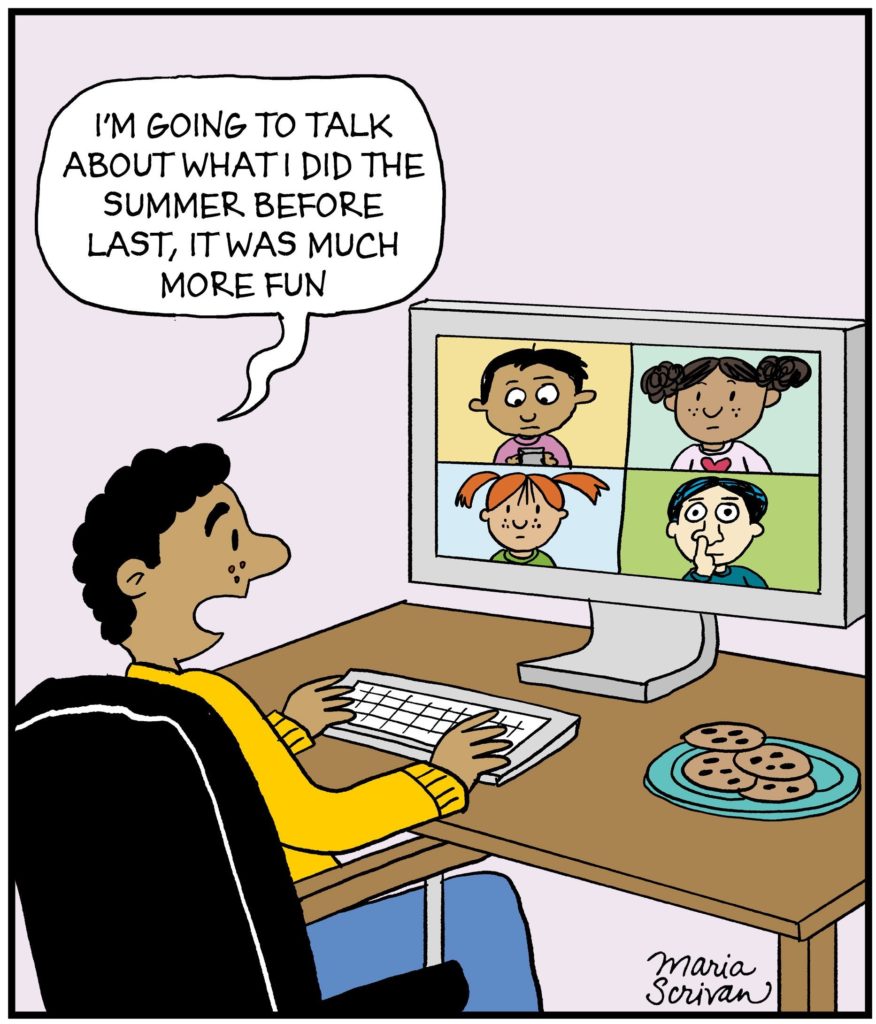
The advancement of virtual reality technology has completely changed the way we can engage our cognitive abilities in a fully immersive world. This has led to interesting questions about the potential consequences of consistently simulating our physical existence. One concern is the possibility of the virtual world becoming so realistic that it becomes indistinguishable from reality. What would happen if we simulate our physical existence constantly and can no longer tell the difference between the virtual and real world?

The current situation poses a challenge for both present and future generations. The pandemic has made it necessary to practice social distancing and has also increased Internet usage. Our concern about contracting COVID-19 has grown, leading to the practice of wearing masks to protect against the Delta and Omicron variants. As a result, we have increasingly turned to the virtual world to experience life. Unfortunately, this has resulted in decreased natural human interaction, a diminished sense of community spirit, and a lack of meaningful relationships.
What are the benefits of playing VR?
My final thoughts
Exploring how virtual reality can enhance educational experiences across different fields, especially mental health. Research has shown that virtual reality can effectively treat mental illness by rewiring the brain and creating healthier pathways that promote resilience, relaxation, recovery, and positive outcomes.
It’s fascinating to discover, through the NIH article, that prejudice is present in real life and virtual reality. The review emphasizes the potential of virtual reality in exploring intergroup attitudes and how they change over time through interactions. Virtual reality allows us to step into someone else’s shoes and gain insight into their perspective, which is vital in reducing prejudice. Moreover, VR can replicate real social situations to aid in learning and personal development.
The potential of this technology to combat social inequality and prejudice is significant. By encouraging empathy, deepening our comprehension of our self-perception, and the interdependence of our thoughts and emotions, VR considerably enhances our collective understanding of the human experience.
We make choices based on our experiences daily to create a safe and brighter future. But what if we could use virtual reality to explore different futures? Imagine walking in someone else’s shoes and seeing the world from their perspective. This has the potential to revolutionize the way we view the world.

